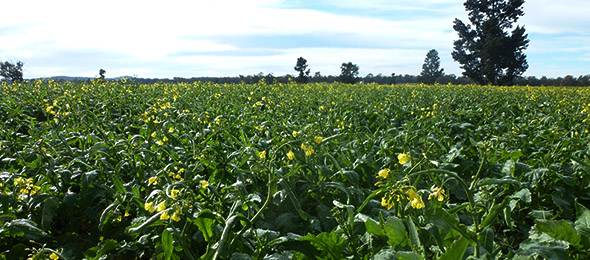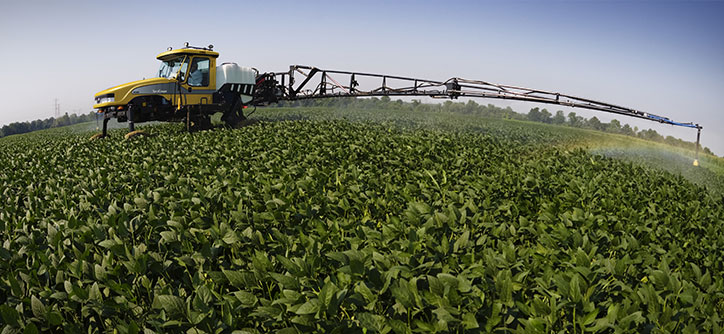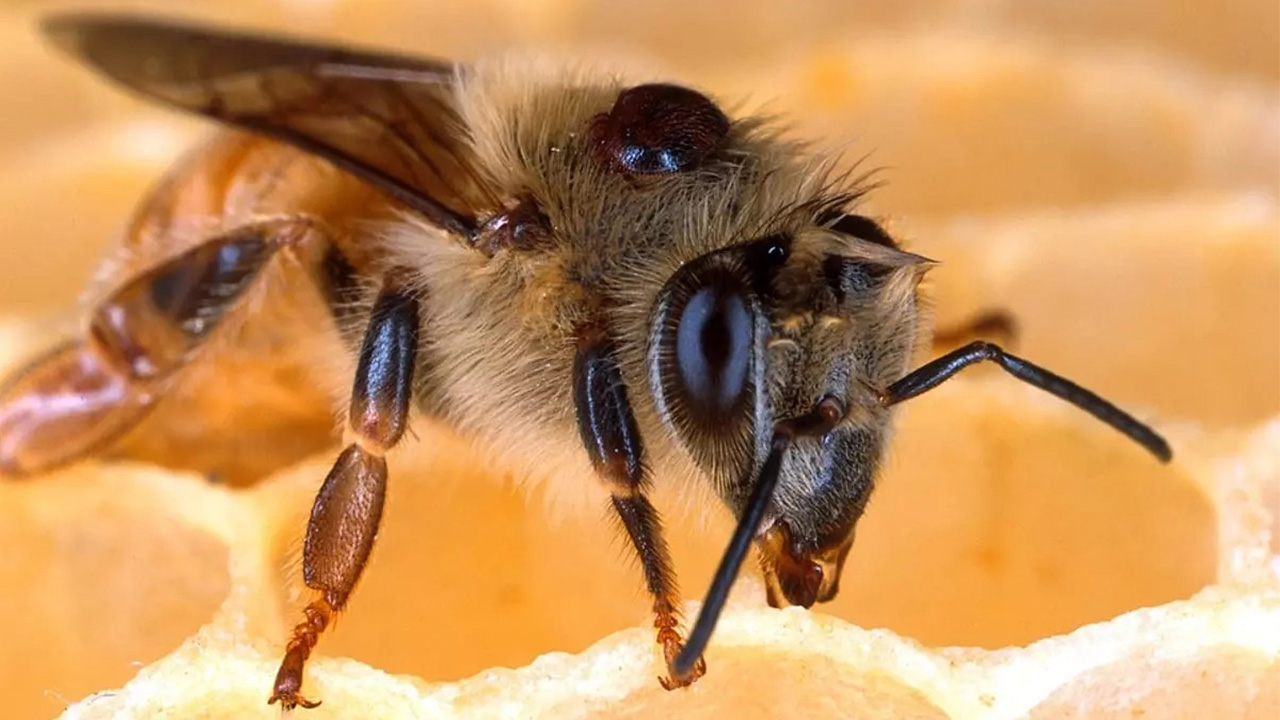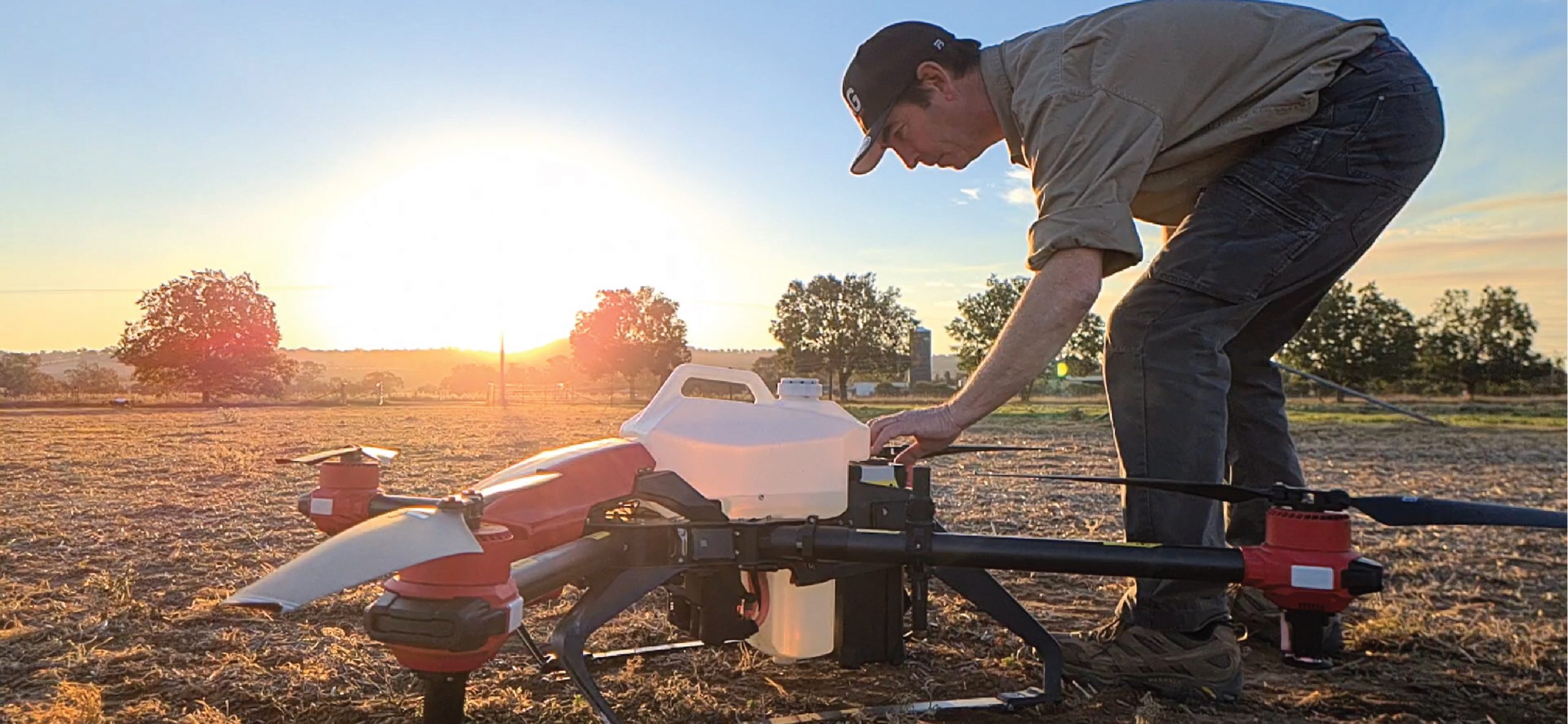Neighbour relationships can turn sour in summer when fallow sprays with glyphosate and 2, 4-D drift over boundary fences, either by wind action (spray drift) or as vapour drift, and damage non-target crops like canola, grapes, tomatoes and shelterbelts.
Recently the APVMA cancelled all high volatile ester (HVE) 2, 4-D products, excepting CropCare Ester 800 and Nufarms’ Estercide 800 which are only registered for use in WA, and have amended these labels to include mandatory spray drift restraints and record keeping requirements.
There is a general “Duty of Care” to prevent chemical trespass or drift relevant to spray applicators in all areas adjacent to sensitive crops. Vapour drift risk of ethyl ester 2,4-D onto non target crops during times of high temperature or during surface temperature inversions is well documented and depending on the topography has been recorded in distances of up to and beyond 20 km ( hence the regulation in WA and the APVMA HVE formulation cancellation for all other states).
However applicators should not be complacent with amine salt formulations of phenoxy herbicides as they are also subject to some vapour drift, with volatility positively correlated to temperature , i.e. increases with increasing temperature. Often plain old spray drift is the culprit, with excessive windspeeds, spray pressure , travel speed and nozzle height above the target contributing to crop damage such as with the phenoxy herbicide affected canola crop below, notice the lack of flowers in the foreground and twisting of the stems.
According to Chemcert editor Jonathan Pearson, in order to lessen the potential for off target damage, growers need to consider:
-Volatility of herbicides available for weed spectrum present
-Any existing state legislation controlling timing and use of ester formulations of Group I herbicides
-Sensitive crops downwind, (reference cottonmap.com.au for cotton plantings in your area if applicable)
-Label spray drift restraints including the use of very coarse or extremely coarse spray qualities, mandatory no spray zones and record keeping requirements, as well as suitable weather conditions
-Slower travel speeds and higher water rates for improved coverage in longer stubble
-Keeping boom heights low and to a maximum of 50 cms above the tops of weeds for 1100 nozzles
careful monitoring of weather forecasts and the weather during spraying, avoiding windspeeds above 15 km/h and surface temperature inversions , especially 1 ½ hours before sunset and until 1 ½ hours after sunrise , unless there is full cloud cover and winds above 11km/h
-Surfactant choice, remembering that most will increase drift potential, excepting products like LI700 and Caltex Dead Sure
Chemcert training for an overview of relevant federal and state legislation, product labels and SDS’s, personal and environmental safety, spray application fundamentals and a chance to discuss local issues with your peers
In summary, consideration of the above factors should help lower the drift risk and help efficacy for growers using tank mixes including 2, 4-D or some other phenoxy herbicide to control summer weeds, thereby keeping produce residue free and neighbours on good terms.

Phenoxy herbicide drift onto canola




